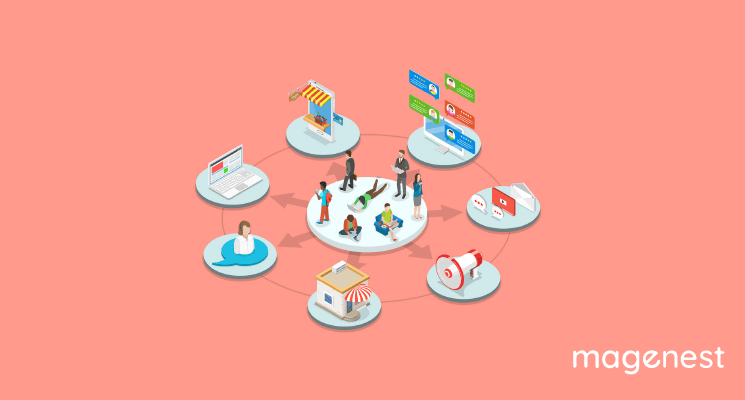With the booming of eCommerce, everything has become more sophisticated. Companies in the eCommerce industry have been under intense pressure – they all attempt to deliver their products anytime and anywhere.
As a result, the omnichannel distribution model has emerged as a promising option for any retailer. Do you - a retailer - really grasp the core value of omnichannel distribution?
What is Omnichannel Distribution?
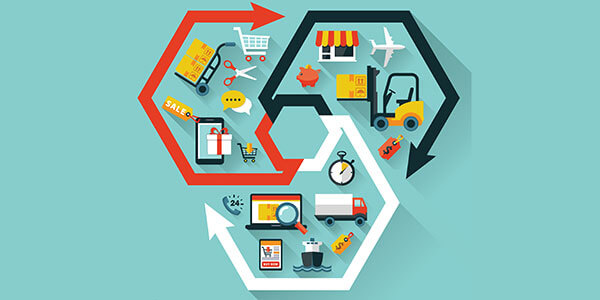
Omnichannel distribution is a multichannel method used by businesses to enable customers to purchase and receive orders from multiple channels with one-touch seamless integration.
A business's omnichannel distribution strategy would consider both a consumer purchase and a potential customer return, which are also referred to as forward and backward distribution services.
The omnichannel logistics strategy that many businesses are adopting is to cut prices, optimize transmit, and satisfy customers. Implementing an omnichannel distribution strategy also contributes to revenue growth since shoppers are more likely to spend more money online than in physical stores.
Besides that, omnichannel distribution can increase brand loyalty due to the extreme seamless consumer usability, encouraging consumers to keep returning for more.
Types of Omnichannel Distribution
Omnichannel Distribution includes not only the delivery of products to stores and consumers but also backward distribution aspects, as customers can return things. As a result, there are two main forms of distribution:
Forward distribution system
This type is characterized by its sources (points of dispatch), destinations (points of receipt), and associated links. When designing the forward distribution system, you can understand various types of sources and destinations in the physical system, as well as potential distribution processes and modes.
Backward distribution system
This type is a mixture of the physical flow of return merchandise as well as the locations where items are returned, which includes delivery between customers and stores.
Additionally, we can divide the distribution into six specific categories based on the customer process:
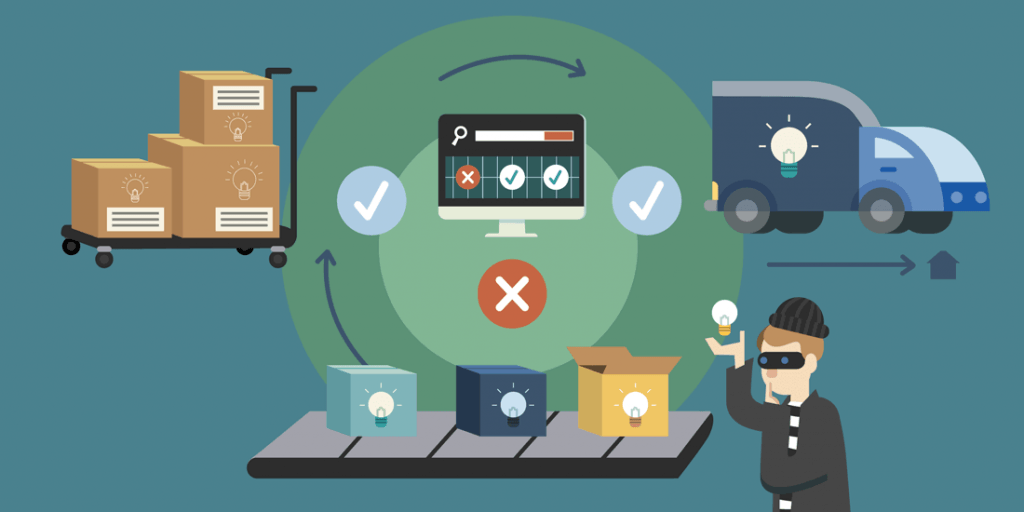
- Buy online and pick up in-store. When a customer places an order online and then picks it up in your store (to check if the items they bought are really compatible or not).
- Buy online and Drop-shipping. A method of purchasing goods electronically. When a customer places a purchase order on your website, you must deliver it to a certain location.
- Purchase in-store, delivery at door. When a customer purchases merchandise in your brick and mortar stores and requests you to ship them to their required location (mostly their home address)
- Ships directly from the store. When you ship products from one location to another
- Drop-shipping. The process of transferring goods directly from a warehouse to another location (a store, a home address, etc.)
- Buy online, return in-store. When a customer purchases a product online, but just doesn't like it and decides to return it to the physical store (and maybe get another product in your physical stores)
- Same-day or on-demand delivery. When your customer orders goods online and expects them immediately or at a scheduled date
Read more: What is Omnichannel Retail? Guide for Magento 2 merchants on Omnichannel Retail
Why is Omnichannel Distribution Important?
#1 Customer LOVE Omnichannel
Why do consumers love omnichannel? Of the millions of explanations, here are a few:
- Delivery options are easily customizable
- Get more opportunities to inspect the item before purchasing Feel comfortable and satisfied when purchasing goods
- Conveniently access the store's products
- Easy integration with a Magento POS system
and plenty of other benefits
Customers want to be able to research, browse, and purchase across multiple channels, including physical stores, online stores, Amazon, Facebook, and other social media. They will go back and forth between channels to ensure they are getting the best deal and making the purchases they want.
As a result, in order to satisfy the need for Omnichannel shopping, you must have a distribution system that is compatible with all networks.
#2 The Delivery is Quick and Accurate
Shipment is one of the most significant problems that explain why your customers refuse to buy in your store.
There are two types of customers. One is someone who will wait on you for two to three days. Others will not be able to wait for you for longer than an hour. Worse, because of today's hectic lifestyle, the majority of your customers are the second type.
All of that will be facilitated by omnichannel distribution!
Many of the locations and channels can be integrated into one in an omnichannel. As a result, no matter where your customers are, you will still ship products to them with the shortest distance and time. You'll save money and your customer can save time. That's fantastic!
#3 Profits Increase Significantly
The opportunity to increase your profits is the primary benefit of expanding your company across new channels. More sales opportunities will come as a result of new consumers and new channels.
You probably know the formula “Profit = Revenue - Cost”. But, what happens with all of these variables if you use omnichannel distribution?
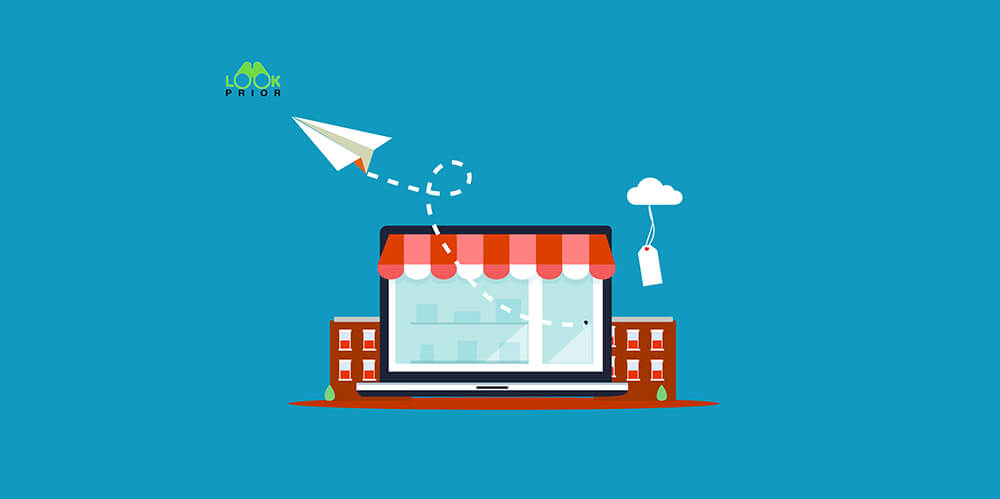
Revenue will increase
According to the blog MonkeyData, “Omnichannel shoppers actually spent 4% more on average while on shopping trips and 10% more online than customers who just used one channel.”
The average omnichannel user still spent more in the longer term: 17% more with the store over the next 6 months, and they ordered 15% more products, as compared to those that used just one channel.
The cost will decrease
In an integrated system, the shop owner can see the big picture of their business, and how it operates, and what is beneficial to it. They will save time and money by not recruiting a report guy and collecting data from all channels independently.
Much further, Omnichannel distribution facilitates retail delivery and transferring products over the shortest distance and in the shortest period of time.
As a result, the profit increases significantly.
What are the Challenges When Using Omnichannel Distribution?
Every rose, however, has a thorn. Despite all of the advantages of using omnichannel distribution, there are some "terrible" challenges that most omnichannel businesses will encounter:
#1 Lack of Inventory Visibility
Inventory visibility involves informing consumers of the availability and delivery times of goods across all channels at the same time. Customers are then offered the option of buying the items they choose via an online or offline channel.
Inventory is the distribution center. Understanding the status of inventory is critical in the omnichannel business.
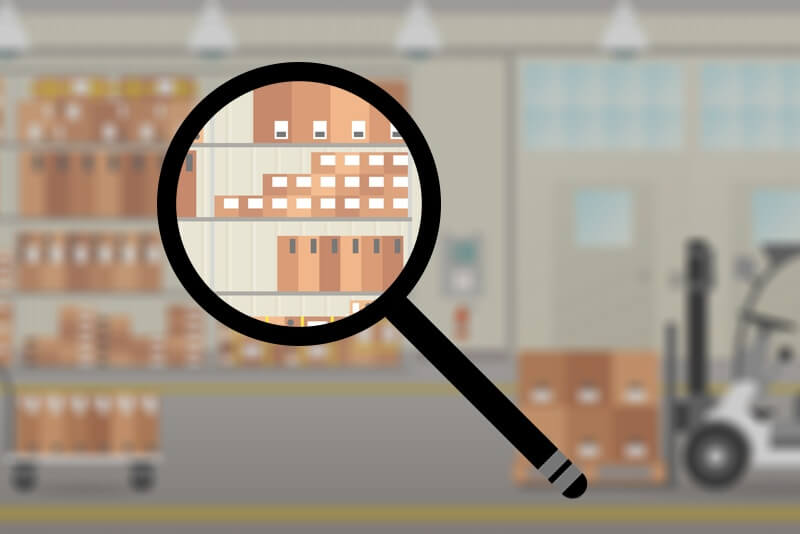
To Retailers
The first people to take notice directly of inventory visibility are retailers. They want to know exactly how many quantities are there in the warehouse and their status. This can be difficult for them, particularly during peak shopping seasons.
The key to resolving this issue is to implement an effective inventory management system – which provides the retailer with a clear picture of critical stock details such as quantity in storage, quantity in shipping, quantity available, quantity sold, and so on. It would be better if all of this data could be shown on a single page.
To Customers
Customers are the second group of people who want to know about inventory visibility. It means that the omnichannel system can educate customers about the availability and delivery times of products across all channels. Consumers will then be offered the option of selecting the channel they want and the number of items they like.
The best solution is to show them the quantity available at your location. So that the customers will make the best buying decision for them. They will appreciate you much more if you still have the item available that satisfies their needs.
#2 Optimizing Delivery Speed
That had to be ridiculous, given that delivery speed is both an advantage and a disadvantage of omnichannel distribution.
According to retail experts, the most important topic for fulfilling distribution requirements is developing and optimizing ways of delivery to the consumer. The importance of increasing delivery speed stems from the fact that most consumers expect to receive their order the day after they place it, or no less than two days later.
This means that processing different order volumes between the distance channel and the stores, as well as adapting to accurate delivery times, is critical.
The key to solving this issue is to provide them with different delivery options and to find a system that can assist you in identifying the shortest route to send products to your customers.
#3 Reverse Logistics Issue
Any product's return process should be as simple as the initial delivery. Customers want to be able to return items bought either in-store or by mail in this new omnichannel landscape.
Companies that do not have this level of convenience would find it hard to attract repeat sales. Implementing a reliable reverse logistics infrastructure is critical to providing outstanding customer service within an omnichannel logistics framework.
#4 Internal Process Optimization
The continued use of manual — mostly paper-based — systems to collect inventory data is one of the leading causes of inventory inaccuracy across supply chain nodes. That is why we should not use manual processes now.
Implementing a Warehouse management system (WMS) with radio frequency (RF) and barcode scanning functionality is a simple but critical first step. The most advanced companies have gone over and beyond to automate inventory counts, such as using drones and RFID tags. They can now compare results, identify discrepancies, and build a more detailed view of their inventory thanks to this automation.
Implement Omnichannel Distribution Wisely
If you can see, inventory management is the core value of the omnichannel distribution. So, if you want to run an omnichannel distribution, you need a reliable inventory management process. This should be included in a good Magento point of sale (POS) system.
One of the key distribution tactics used by top omnichannel retailers is the use of technologies to manage inventory "smart sharing" across channels. To ensure visibility and seamlessness, specialized inventory and warehouse management systems are needed.
So, here's how you can create the best inventory management system for your omnichannel distribution:
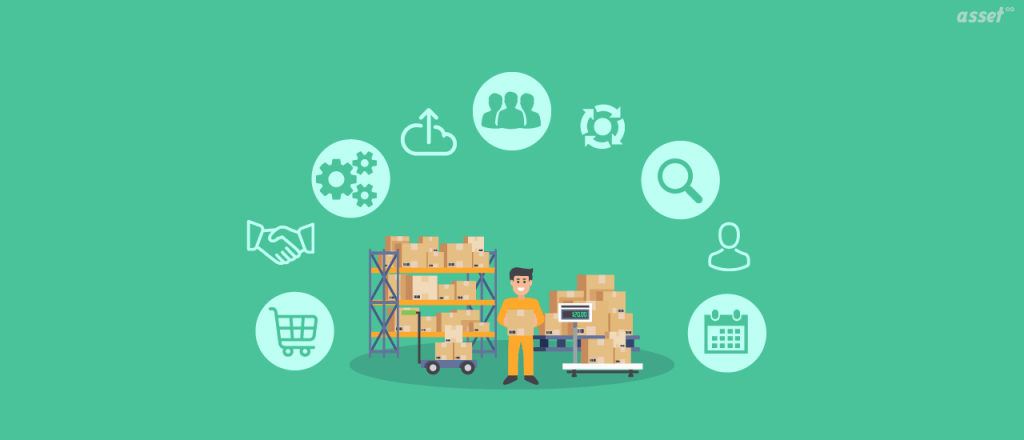
#1 Overview Supply Chain
An inventory management system that spans the whole supply chain provides managers an advantage in gaining real-time visibility — and in some situations, can potentially save revenue.
Instead of watching a customer leave because she or he can't locate a product, today's sales associate might be equipped with a portable mobile device to assist her in locating anything in all these stores.
Some retailers have also set up kiosks where shoppers can search inventory, purchase stuff, and have them delivered straight to their homes.
#2 Order Management System
A distributed order management system is another essential aspect for implementing the omnichannel concept of “buy from anywhere, ship from anywhere.” It helps you to find all of the rule sets and criteria for how you choose to cost-effectively help your next-day shipping and provides inventory visibility across all of the stores.
Furthermore, we must realize that order management is no longer limited to the traditional pick, pack, and ship anymore. Zone batch picking, pick and pass, multi-order picking, multi-carton processing, priority processing, and other variations are now available.
Inventory management requirements can be simpler, but they are just as important. Picking and waving logic that can handle retail order profiles (larger orders) as well as smaller e-commerce orders must be taken into consideration.
Conclusion
Omnichannel logistics allows companies to customize how their goods are purchased and delivered to suit the demands of today's customers, which is: being able to find the items they want both in-store and online, to use apps to make orders with the swipe of a finger and to have their purchases shipped to their door the following day.
The expectation of instant consumer gratification has businesses scrambling to shore up their supply chain to ensure cost-effective on-time delivery, which is where omnichannel distribution comes into play.
However, our customers' shopping demand is growing at a rapid pace. It is impossible to predict whether or not any of these concepts can be implemented effectively in the far future. The above-mentioned key information combined with our adaptable business mindset will allow us to operate a solid logistics operation regardless of how rapidly the industry evolves.



